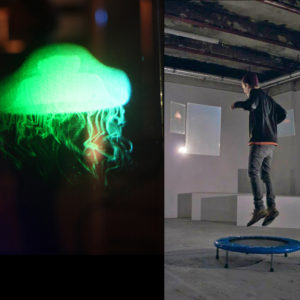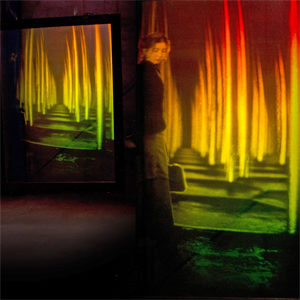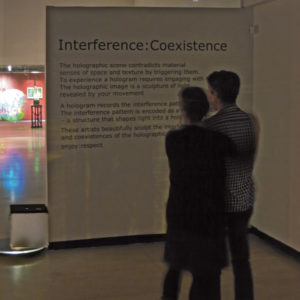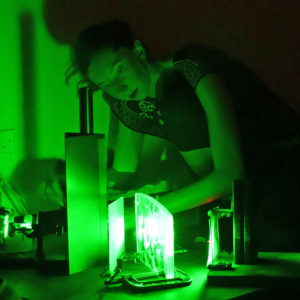Traversing Perspective
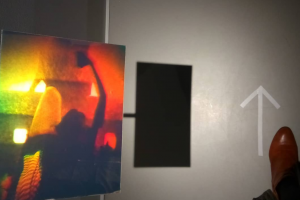
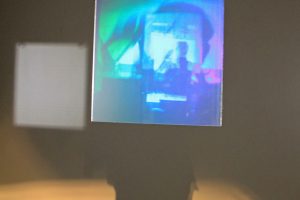
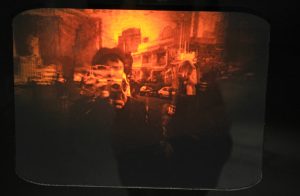
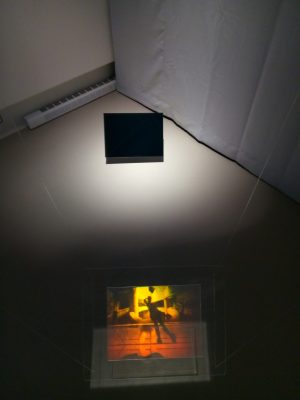
This selection of holographic images trace activities of looking. The holograms are composed from a montage of photographs mapped with parallax to create stereographic depth and animated scenes. The urban landscape is shaped by the action and emotive observation of the photographer. The transappearance of the photographer is an imaginative embodiment by viewer. Each holographic scene emerges from the animate photographic views assembled by dynamics that borrow on the viewers sense of space and motion. The camera implicitly present with each photographic image. This immediacy initially caused David Hockney to dismiss photography “And the reason you canʼt look at a photograph for a long time is because thereʼs virtually no time in it—the imbalance between the two experiences, the first and second lookings, is too extreme” [1]. Hockney later came back to photography to create his expansive ‘joiners’. The activity of looking is present in both the creation and viewing of these photographic montages enabling the artist’s perception and expression to be explored by the viewer. The holographic image is best known for its illusionists qualities of space. The hologram can layer a virtual space over physical space. With my holograms I explore how sensations of space can be mapped into a scene. Jaques Desbiens describes the scroll like movement to view a hologram as a ‘nomadic perspective’. With my holographic compositions the photographic capture is also nomadic, a wandering perspective that shapes the virtual space. To experience these images requires an activity of looking through the imagery. The viewer moves past the image, traversing perspectives. A sensation of forces generate the animate qualities of each holographic scene. Perspective is not a point but an action.
1 – quoted in ‘True to Life: Twenty-Five Years of Conversations with David Hockney’ by Lawrence Weschler, 2008
